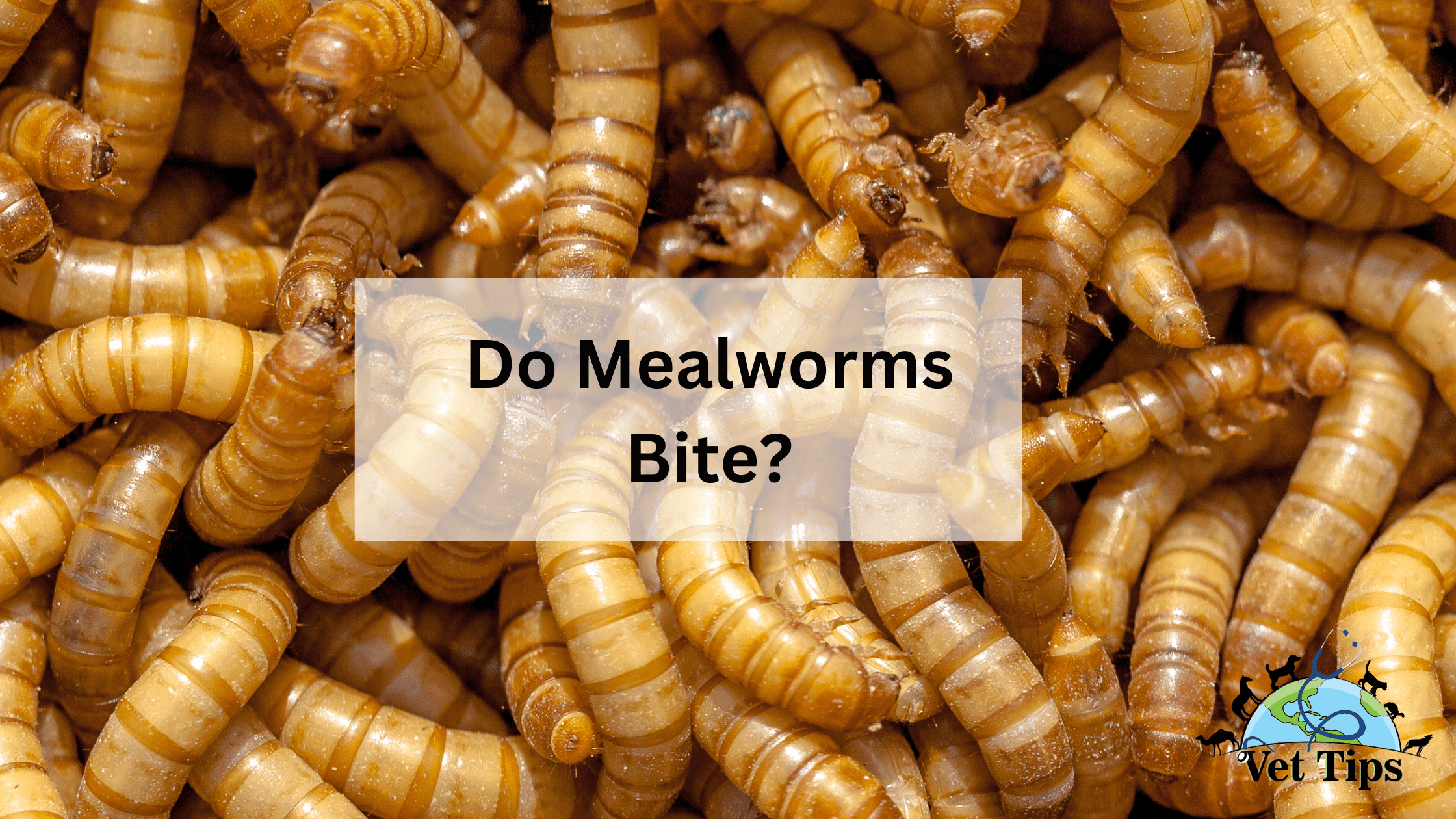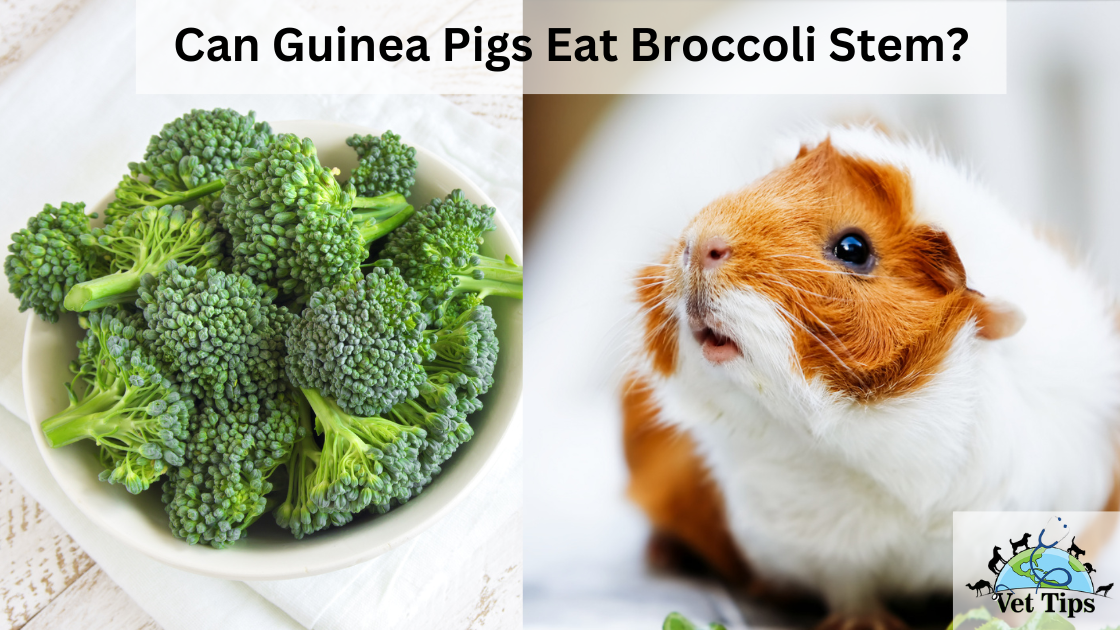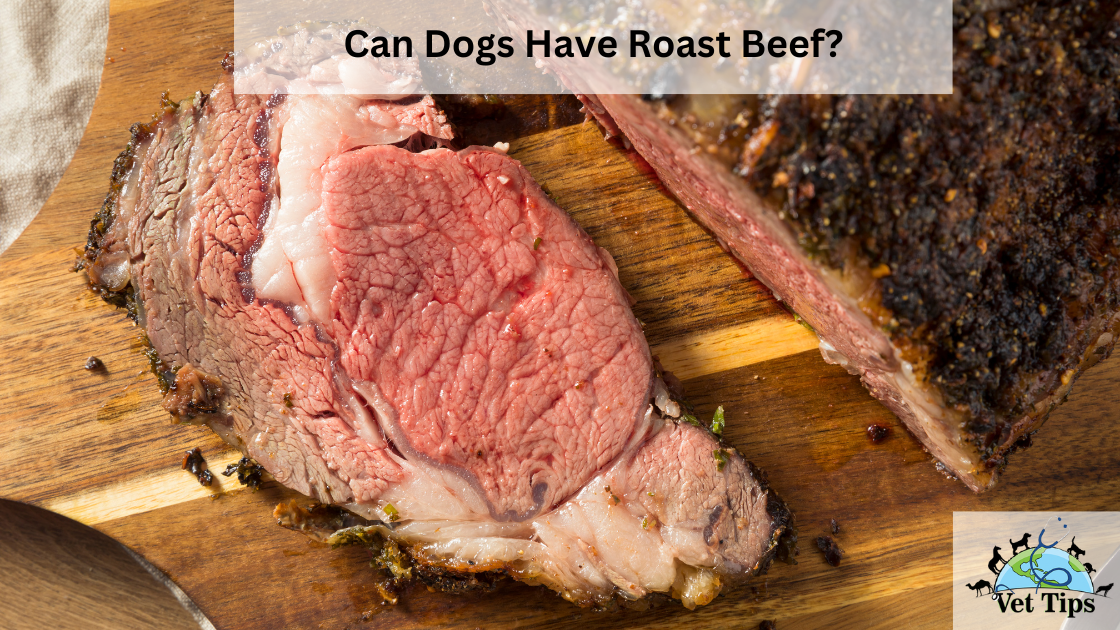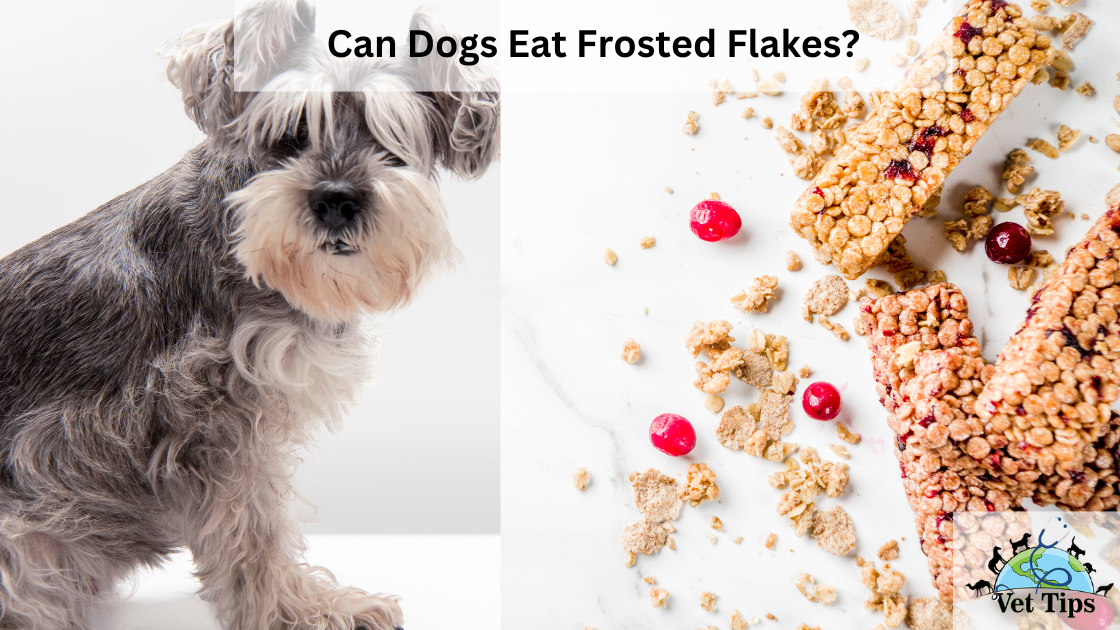“Do Mealworms Bite?” is the most common question asked by new dog enthusiasts. So, let us discuss everything about mealworms and their biting.
Do Mealworms Bite?
Feeding your dog mealworms is an excellent way to enrich his diet and provide him with a tasty treat. But exactly are mealworms? Do they bite?
Mealworms are mainly used as a protein source for many species, including dogs. Mealworms are very hostile and may try to bite you while offering them to your pup. They use their jaws to do it. But to cut through flesh, a mealworm’s mouth is considered inadequate. When it comes to biting the skin, huge mealworms or superworms have jaws that are more capable of doing so. However, they are not dangerous and will not bite if you handle them properly.
A common mealworm bite will not be strong enough to inflict major harm on your dog. Whether you want to feed worms to your dog, make friends with the local birds, or learn about their life cycle, there are a few things you should know before doing so.
What Are Mealworms?
Mealworms aren’t even considered worms by the scientific community. They’re parasites in the truest sense. They’re the larval stage of the beetle life cycle. Beetles go through four distinct developmental stages:
- Egg
- Larva
- Pupa
- Adult
An egg laid by a darkling beetle might hatch anywhere from four to twenty days later. A mealworm will emerge from the egg when it is ready to hatch. The pupa stage of mealworm development begins with the worm burrowing into a cocoon and encasing itself in an exoskeleton. After a period of growth, the adult beetle emerges from its exoskeleton and lays eggs in the presence of other beetles. One female darkling beetle can lay as many as 500 eggs during her life. Her lifespan is somewhere close to a year. Mealworms are in abundance as a result of this.
Diet and Behavior of Mealworms
Generally, mealworms eat anything moldy, damp, or decaying as nourishment. They most enjoy rotting plant material, animal manure, and moldy or moist grain products. Cereal, grain, porridge, and oatmeal are just a few of the dry goods they infest.
When they molt, meaning when they shed their skin, mealworms cease feeding. Larvae use their strong heads to sift through food while eating. Mealworms can be challenging to find in food once they have been ingested, mainly if they have spread throughout the dish. Adult beetles are unable to tunnel, but they can fly and they have a scent gland that produces a putrid-smelling material. They let out this terrible odor whenever they are frightened or feel threatened.
Is it Possible for Mealworms to Bite?
Mealworms may try to bite you or your dog, but their jaws are too small to harm you or your pet. Mealworms have fangs, and they may try to bite you if you grasp one in your hand. They can’t harm skin cells because their teeth are too small. You’ve never heard of a pet owner or pet getting bitten by a mealworm; therefore, you’re not worried about it occurring.
Are Mealworms Safe for Dogs?
Mealworms are safe for canines to consume in moderation, which is the only need for safe consumption. Some people believe that animals would view humans as tasty snacks when they are around them.
Dogs eat dry and live mealworms because they give protein, fat, and fiber. Many pet owners provide mealworms for their pups as a treat or reward for good behavior. Mealworms are quite popular.
Even if our dogs can digest mealworms and extract the minerals they contain, feeding them mealworms is not a nutritious option for their diet. This is because for a pup to maintain their health, they require specific nutrients. Dogs can benefit from the high protein, fat, and water levels found in mealworms.
They do not have adequate quantities of these nutrients to keep themselves alive. In addition, for them to work correctly, canines need to consume carbohydrates and a wide variety of vitamins and minerals. These vitamins and minerals should be included in the canned or dry dog food purchased at your neighborhood grocery store.
Do Mealworms Have Teeth at All?
Mealworms have mouthparts, or “mandibles,” instead of teeth since they are insects. Powerful insects have these sections near their mouths, allowing them to consume a variety of plants and decaying debris. The mouthparts of mealworms are pretty small. They’re there, but you can’t see them with your naked eye.
So tiny that a bite isn’t unpleasant since they’re so little Mealworms can be as little as 0.2 inches or as large as 0.5 inches. With such a tiny mouth, they can only eat leafy greens and can’t chew anything tougher than that.
Does a Mealworm Bite Hurt?
No, it does not. If you get bit by one of these creatures, you probably won’t even feel it since their teeth are too tiny to pierce the skin. Mealworm bites don’t injure even the tiniest of animals, which is why they’re so popular.
Do Superworms Bite?
There is evidence that superworms are capable of biting. Larger ones may squeeze human skin (reportedly shocking but not excruciatingly painful), and they can injure or perhaps suck blood from canines with thin skin.
It is necessary to use extreme caution if feeding superworms to young dogs. Crush the head of the feeder superworm right before providing your canine companion, and use feeding tweezers with a soft tip if you are concerned about your reptile being bitten by the feeder superworm.
Dangerous and Painful Insects To Dogs
Bees
Honeybees and bumblebees are the two different kinds of bees that exist. The sting that honeybees leave behind on your pup is sharp and barb-like. A dog’s reaction to a sting from a bee or wasp is comparable to that of a human. Honeybee stings have barb-shaped stingers that must be removed immediately to prevent infection from developing.
Wasps
If your dog consumes a wasp, it is highly likely that it also stung your pup at some point. Stings from wasps can result in irritation as well as swelling. A sting in specific individuals may trigger an allergic response.
Caterpillars
Some kinds of caterpillars are known to make pups sick, but the severity of the disease will vary depending on the sort of caterpillar and the size of your canine companion.
Ticks
The woodlands, moors, and dense grasses are some of the most prevalent habitats for ticks. As soon as they attach themselves to your pooch, they will stick to the skin and begin to draw blood.
Spiders
There are a number of spiders that are capable of giving your pup a severe bite. This typically occurs after the dog has roughly handled the spider or attempted to eat it.
Slugs
If your dog consumes a slug, it will most likely have gastrointestinal distress. The slug will be expelled from your canine’s body by the dog’s natural defense mechanisms, which include vomiting. Infected slugs can cause Lungworm in dogs. If treatment is not received, this condition can potentially cause severe harm.
Tell us in the comments, how you like our article “Do Mealworms Bite?”
For similar posts like this, click here.
For the source file, click here.









One thought on “Do Mealworms Bite?”